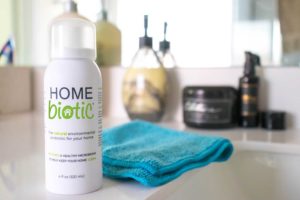How To Start Living Sustainably

Getting started on a journey to living a more sustainable, eco-friendly life can feel incredibly complex. The idea of changing your entire way of life can seem like a huge task with an unclear way to start! It can seem impossible to live sustainably when you consider all the things that are a part of our everyday life that are NOT sustainable. Take a look around, count the number of plastic items that you find, single-use items, products made in environmentally unethical ways. Plastic is everywhere and has become more difficult to avoid.
Originally, the invention and mass dispersal of consumer plastic products were to make modern lives easier. In 2018 the EPA reported that single use and packaging plastic made up 14.5 million tons of municipal solid waste (MSW). Overall, the amount of MSW has been increasing at a rapid pace, climbing 42 million tons between 1990 and 1995 alone. Plastic waste is not only harmful to the environment, it is also extremely damaging to our health. According to the Geneva Environment Network:
Humans are exposed to a large variety of toxic chemicals and microplastics through inhalation, ingestion, and direct skin contact, all along the plastic lifecycle. According to WWF on average people could be ingesting approximately 5 grams of plastic every week, which is the equivalent weight of a credit card.
So, where do we start?

WHAT DOES ‘LIVING SUSTAINABLY’ MEAN?
It’s important to understand what it means to “live sustainably”. Sustainable living is a lifestyle that attempts to reduce an individual’s or society’s use of the Earth’s natural resources and personal resources. Practitioners of sustainable living often attempt to reduce their carbon footprint by altering methods of transportation, energy consumption, and diet.
HOW CAN YOU START LIVING SUSTAINABLY?
A great place to start is to do a sustainable audit of your home and the processes that keep your home functioning. Here are 4 easy ways to improve your environmental impact on a daily basis:
1. MAKE YOUR KITCHEN MORE SUSTAINABLE
The kitchen is a great place to begin, since most single use plastic is used in the kitchen. Plastic utensils are often used to protect Teflon-coated pans. Metal or wood are better choices for the environment. Many brands are also introducing bamboo dishware and storage options. Bamboo is extremely eco friendly, it is readily biodegradable and easy to grow without pesticides of chemicals.
Recycle your Tupperware and opt for glass or metal: These include reusable metal or glass water bottles, glass storage containers and reusable stainless-steel items like cups, plates and bowls. These alternatives are easy to clean and pack to go, making living sustainably easy even with a busy lifestyle! Get rid of Tupperware and all disposable packaging. Disposable plastics are often mixed with harmful chemicals which can potentially leech into their contents when heated or when worn down.
One of these chemicals is known as Bisphenol S has been found in 81% of blood tested, due to it’s inclusion in plastic consumer products, and that it can lead to ailments such as diabetes, obesity, asthma, birth defects, and cancer.
Try using reusable produce bags or go bag-less: If you often buy fresh produce, you have a significant change of ending up with a lot of single use produce bags which often end up in the garbage. There are fantastic reusable options available, many which can be sourced locally.
Keep your cleaning routine green: a large source of waterway and ecosystem contamination comes from the chemicals that are washed down drains. Things like liquid bleach, drain cleaner, and ammonia all contribute to toxic chemicals in local ecosystems and compromising waste water systems in local communities.
2. START USING REUSABLE BAGS
Did you know that between five billion to one trillion plastic bags are being used every year in the world? Plastic shopping bags are the most harmful to the environment. Shopping with your own bag can help reduce plastic waste. You can also avoid food packaging by shopping in bulk and bringing your own containers! Many cities are seeing the emergence of bulk stores. These stores offer a huge amount of products, from shampoos to spices, without any individual plastic packaging.
Remember, if you have to use plastic bags, you should reuse them as often as possible and then recycle them when you are done. Many grocery stores have bins that allow you to return plastic bags and film.

3. WHEN POSSIBLE, MAKE YOUR OWN FOOD
After a long day at the office, cooking is not something you would want to do. We get it. However, take-out often involves a lot more plastic and single use waste than eating at home. Remember that processed or premade foods and lots of disposable packaging go hand in hand. Natural, local ingredients are healthier for your health and the environment.
4. LOOK INTO PLASTIC FREE CLOTHING
Recent studies have shown that tiny fibers made from synthetic fabrics are being emitted into the water supply of aquatic animals. It is possible to reduce the amount of tiny fibers entering our water streams by choosing clothes made from natural fibers like cotton, hemp, linen and wool. Polyester, for example, is made from synthetic material.
5. GET A GREEN CLEANING ROUTINE
You will likely find a lot of cleaning products in your cabinets that you don’t use or chemical heavy products that you’re not wanting to continue using. There are only a few products that you really need to clean your entire home which makes living sustainably simple. Keeping a citric acid based multipurpose cleaner will cover all your cleaning needs across many different rooms and situations.
The Homebiotic Surface Cleaner, which is citric acid based, allows you to clean surfaces naturally without harsh chemicals that damage your home biome. Keeping a natural, safe balance of microbes in the home helps protect against exposure to toxins that could negatively impact your health.
As an eco-bonus, Homebiotic Surface Cleaner arrives at your house as concentrated tabs that you mix using a reusable bottle, which saves plastic from ending up in landfills.
Find mold under your sink? Don’t reach for the bleach! Use the Homebiotic Surface Cleaner, which is powerful enough to kill mold, but not harmful to water systems. Wipe away mold, dirt, & grime with the Homebiotic Nano Sponge, which doesn’t cultivate harmful bacteria the way conventional sponges do.
A natural cleaning routine paired with the powerful probiotic protection of Homebiotic Probiotic Spray, your home will stay happy and healthy, protected from the sources of grime and musty odors.

Annie Leonard, a notable American proponent for sustainable living, said:
There is no such thing as ‘away’. When we throw something away it must go somewhere.
The idea that everything we consumer MUST take up space before, during, and after we use it is a great foundation for making more sustainable decisions. Living sustainably is as easy as remembering that EVERYTHING has to end up SOMEWHERE.
We don’t recommend that you start over and discard everything. Instead, we suggest that you work with what is available and, as they run out, make a list of eco-friendly, plastic-free options. Even the biggest waves, start as small ripples.

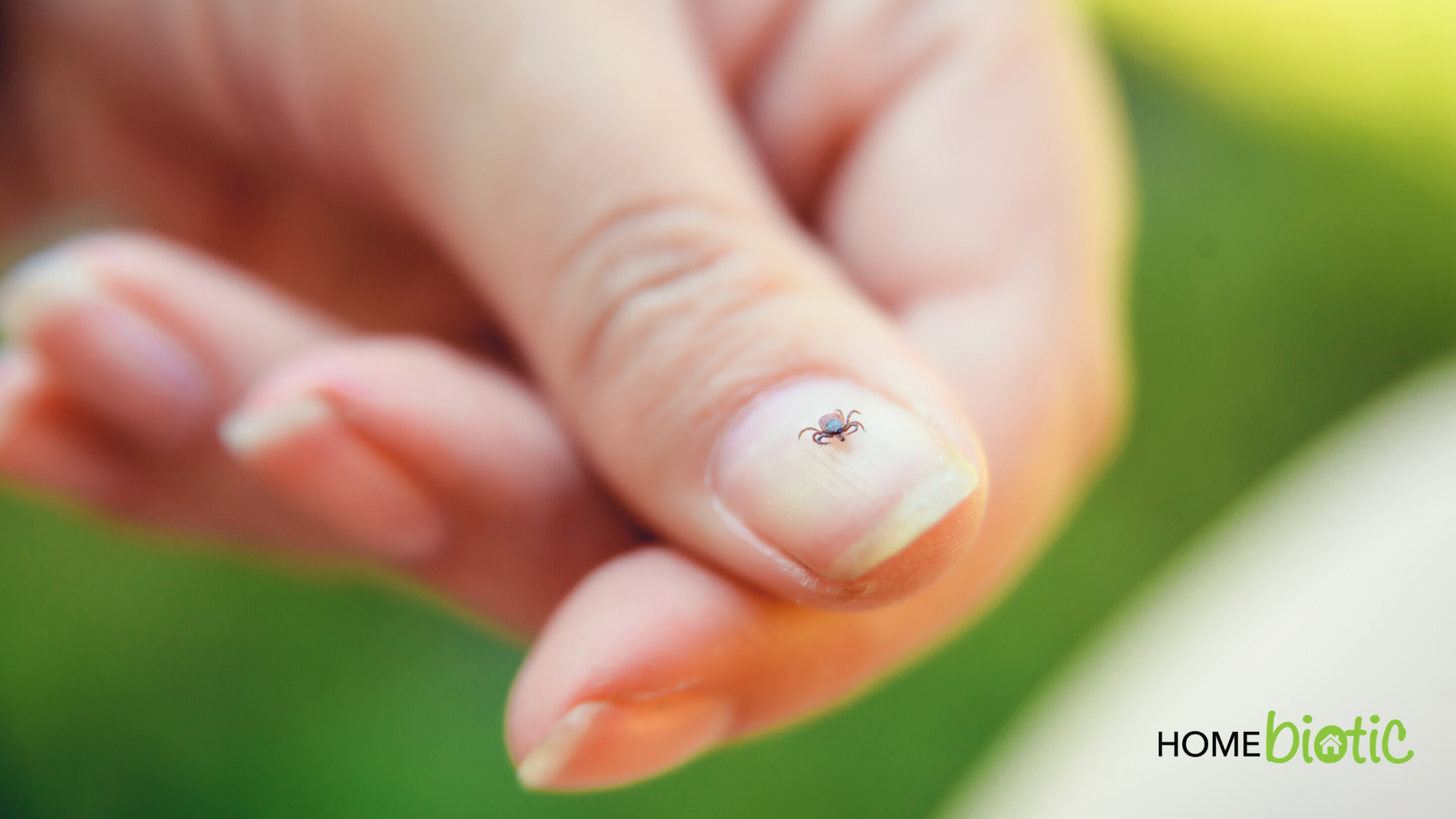
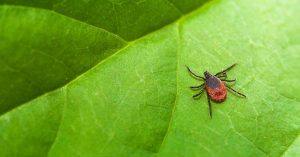
 How Mold Affects the Immune System
How Mold Affects the Immune System How Lyme Disease Affects the Human Body
How Lyme Disease Affects the Human Body The Connection Between Mold & Lyme Disease
The Connection Between Mold & Lyme Disease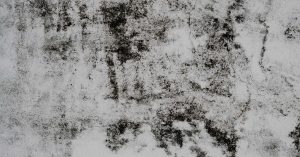
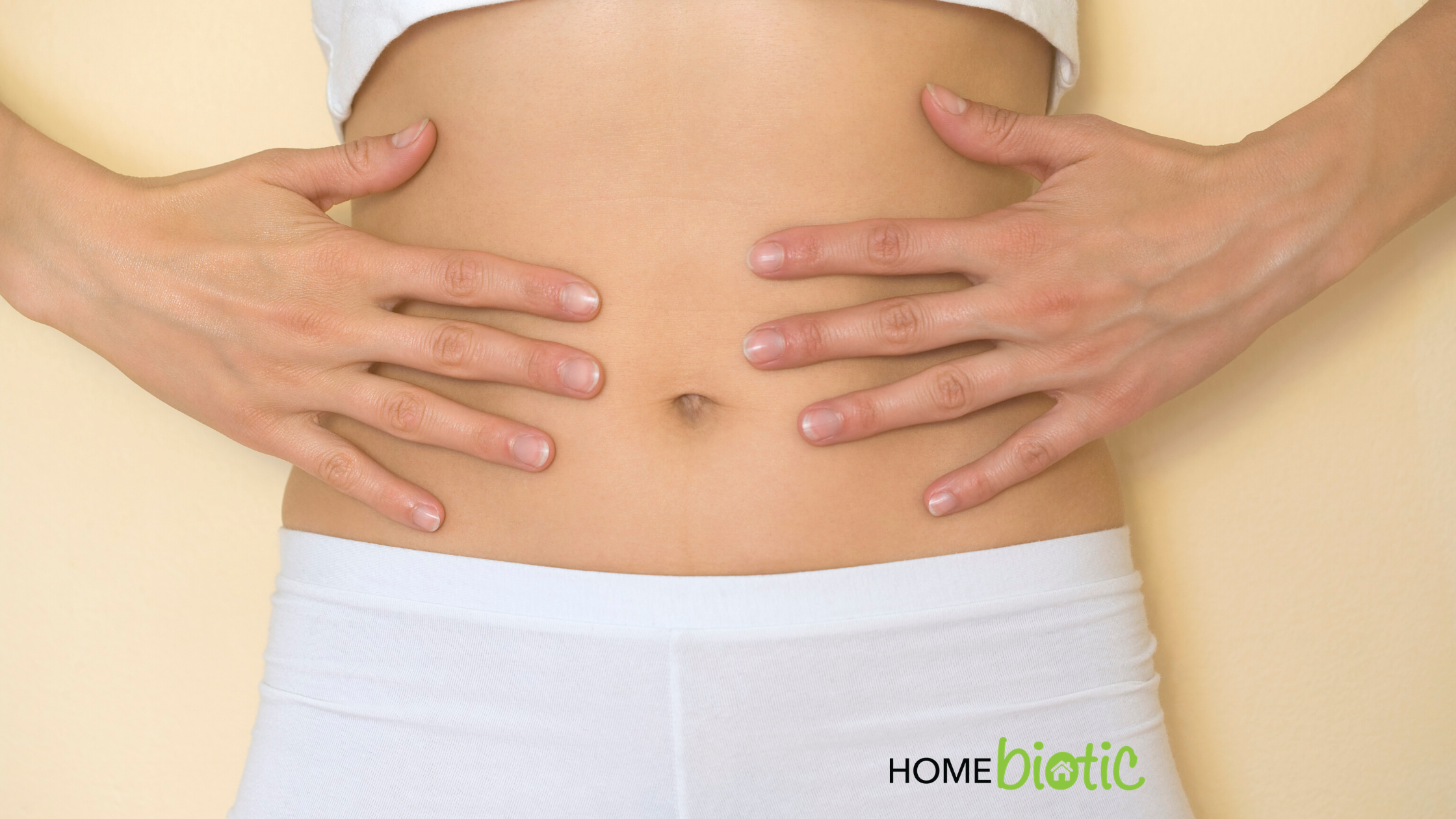
 In the past decade, the importance of a healthy gut biome has been discussed between scientists, medical professionals, and health consumers. By now, most people know that bacteria reside in our guts and that they’re essential to our health. These bacteria are, together, what create the biome. However, many people still don’t understand why having diverse bacteria is important. More importantly, most people don’t understand the similarities and relationship between our home biome and the gut biome. We need the biome in our guts and our homes to be healthy and diverse at the same time.
In the past decade, the importance of a healthy gut biome has been discussed between scientists, medical professionals, and health consumers. By now, most people know that bacteria reside in our guts and that they’re essential to our health. These bacteria are, together, what create the biome. However, many people still don’t understand why having diverse bacteria is important. More importantly, most people don’t understand the similarities and relationship between our home biome and the gut biome. We need the biome in our guts and our homes to be healthy and diverse at the same time. What is The Gut Biome?
What is The Gut Biome? What is The Home Biome?
What is The Home Biome? How Are The Gut & Home Biome Related?
How Are The Gut & Home Biome Related?
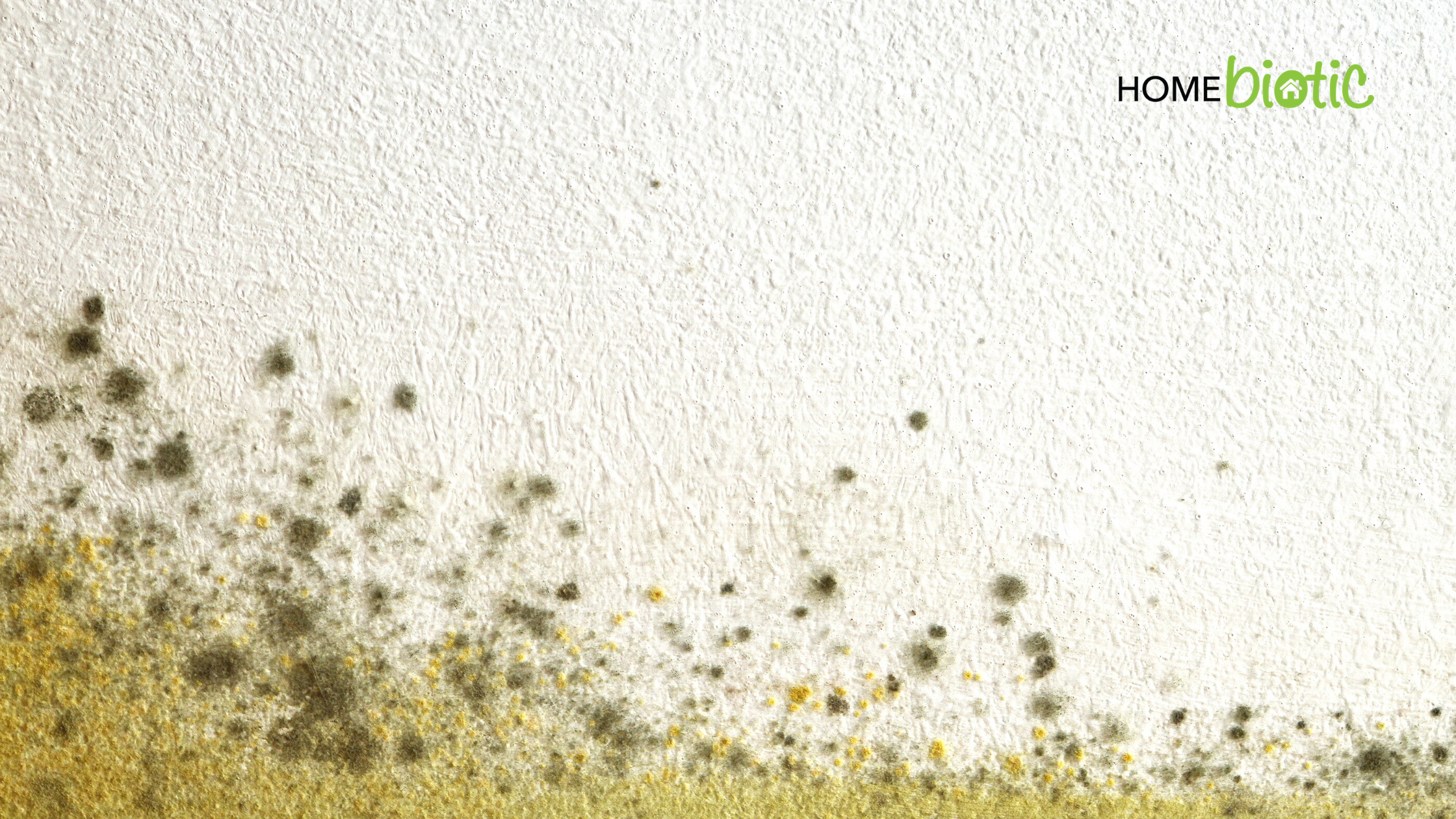
 WHICH HOMES ARE MORE LIKELY TO HAVE MOLD ISSUES?
WHICH HOMES ARE MORE LIKELY TO HAVE MOLD ISSUES? 1. Keep moisture as low as possible
1. Keep moisture as low as possible 2. Proper Ventilation
2. Proper Ventilation 3. Make Small Structural or Cosmetic Changes
3. Make Small Structural or Cosmetic Changes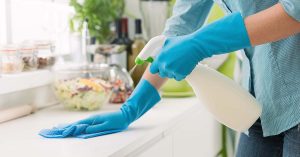 4. Choose Your Cleaning Products Wisely
4. Choose Your Cleaning Products Wisely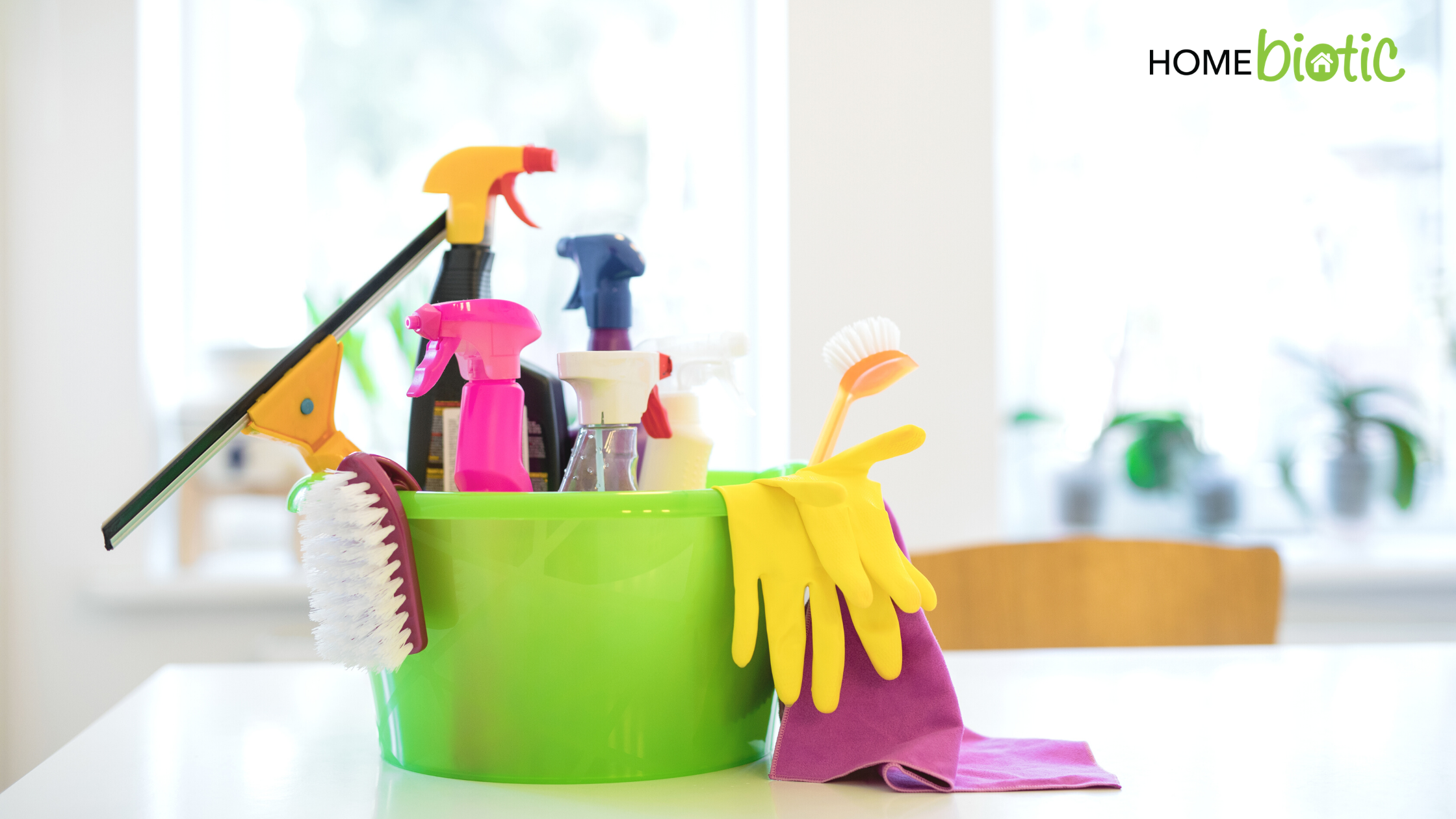

 DOWNSIDES OF USING BLEACH
DOWNSIDES OF USING BLEACH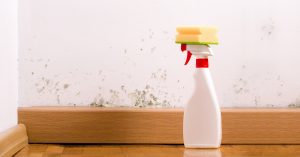 IS HYDROGEN PEROXIDE BETTER?
IS HYDROGEN PEROXIDE BETTER?